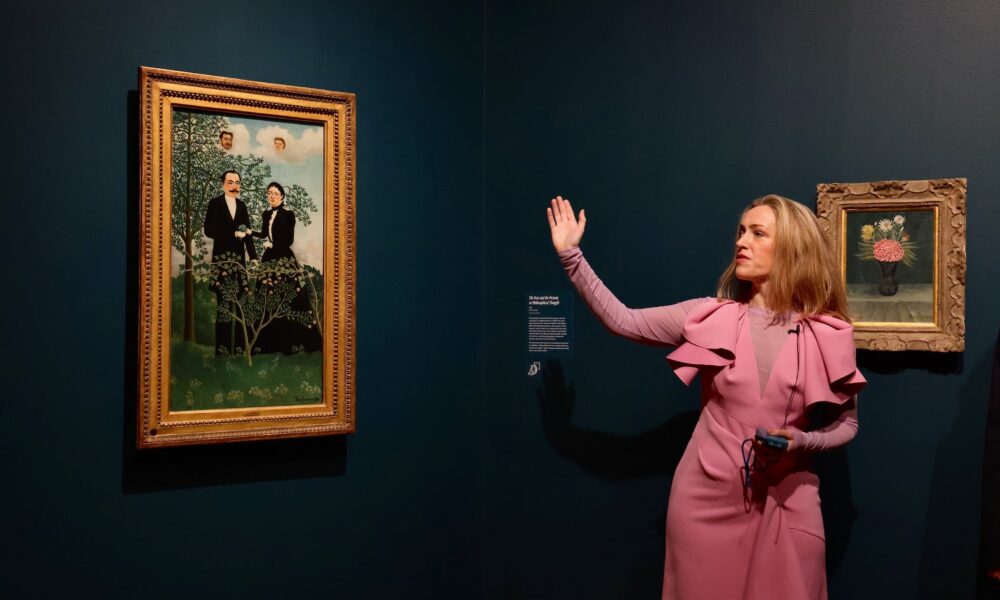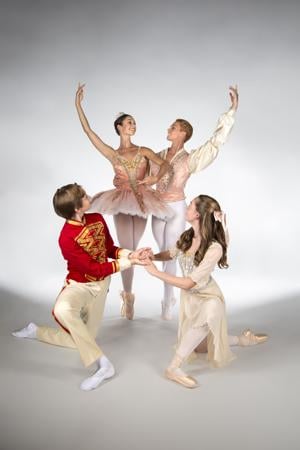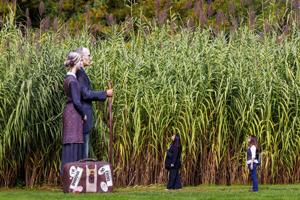The renowned retrospective “Henri Rousseau: A Painter’s Secrets” has opened at the Barnes Foundation in Philadelphia, showcasing nearly 60 works by the celebrated French post-impressionist. Despite being dismissed as “naive” during his lifetime, Rousseau’s art has gained immense recognition, finding a place in major art museums worldwide.
Curator Nancy Ireson highlights the artist’s tumultuous journey, noting that Rousseau faced ridicule and hardship throughout his career. “Rousseau’s ambition outstripped his success in his lifetime,” she stated. Critics derided his work, claiming he painted with his feet or with his eyes closed. Despite these challenges, he continued to create art, demonstrating an unwavering self-belief.
The exhibition is a collaboration between the Barnes Foundation, which holds the largest collection of Rousseau’s works, and the Musée de l’Orangerie in Paris, home to the second-largest collection. Little is known about Rousseau, making this retrospective a significant exploration of an artist whose life was shrouded in mystery.
Rousseau’s Turbulent Life
Born in France, Rousseau faced financial struggles from an early age, with his family losing their home in Laval due to debt. His early career was marked by legal troubles, including a conviction for embezzlement, which forced him to enlist in the army to avoid prison. For much of his life, he worked as a low-level customs clerk in Paris, retiring in his 50s to focus on painting.
Rousseau’s relationship with the law remained fraught; he was imprisoned briefly for issues related to unpaid debts and bank fraud. Co-curator Christopher Green describes Rousseau as not entirely honest, noting, “He was passing false checks with a friend… The advocate who spoke for him held up one of his pictures in the court and asked if someone who painted like this could really have known what a check was.” This strategy resulted in a suspended sentence, allowing him to continue his artistic pursuits.
Artistic Vision and Recognition
Rousseau’s paintings are characterized by their enigmatic quality, often prompting viewers to question their narratives. His unique style blends simplicity with sophisticated draftsmanship. The exhibition features iconic works like “The Sleeping Gypsy,” showcasing his expert use of color and form. The canvas depicts a figure in a multicolored dress beside a lute, evoking a dreamlike atmosphere.
Many of Rousseau’s jungle scenes, painted without ever visiting an actual jungle, display curious perspectives and fantastical elements. Ireson explains his inspiration stemmed from visits to the botanical gardens in Paris, particularly the Jardin des Plantes. Despite lacking firsthand experience, Rousseau’s imagination created vivid, surreal landscapes where oversized flowers and whimsical creatures coexist.
Green emphasizes Rousseau’s role as a “story giver,” stating he offers viewers the materials to construct their own narratives rather than dictating a specific story. This ambiguity adds to the allure of his work, inviting a wide range of interpretations.
Posthumous recognition of Rousseau’s talent came slowly. It took 15 years after his death in 1910 for his work to gain broader appreciation, largely due to strategic dealings. Notably, Berthe “Comtesse” de Delaunay sold “The Snake Charmer” under the condition that it would be bequeathed to the Louvre Museum upon the buyer’s death, solidifying Rousseau’s legacy within France’s national collection.
“Henri Rousseau: A Painter’s Secrets” will remain on view until February 22, 2026. This exhibition not only celebrates Rousseau’s artistic achievements but also serves as a reminder of the struggles he faced in pursuit of his passion.







